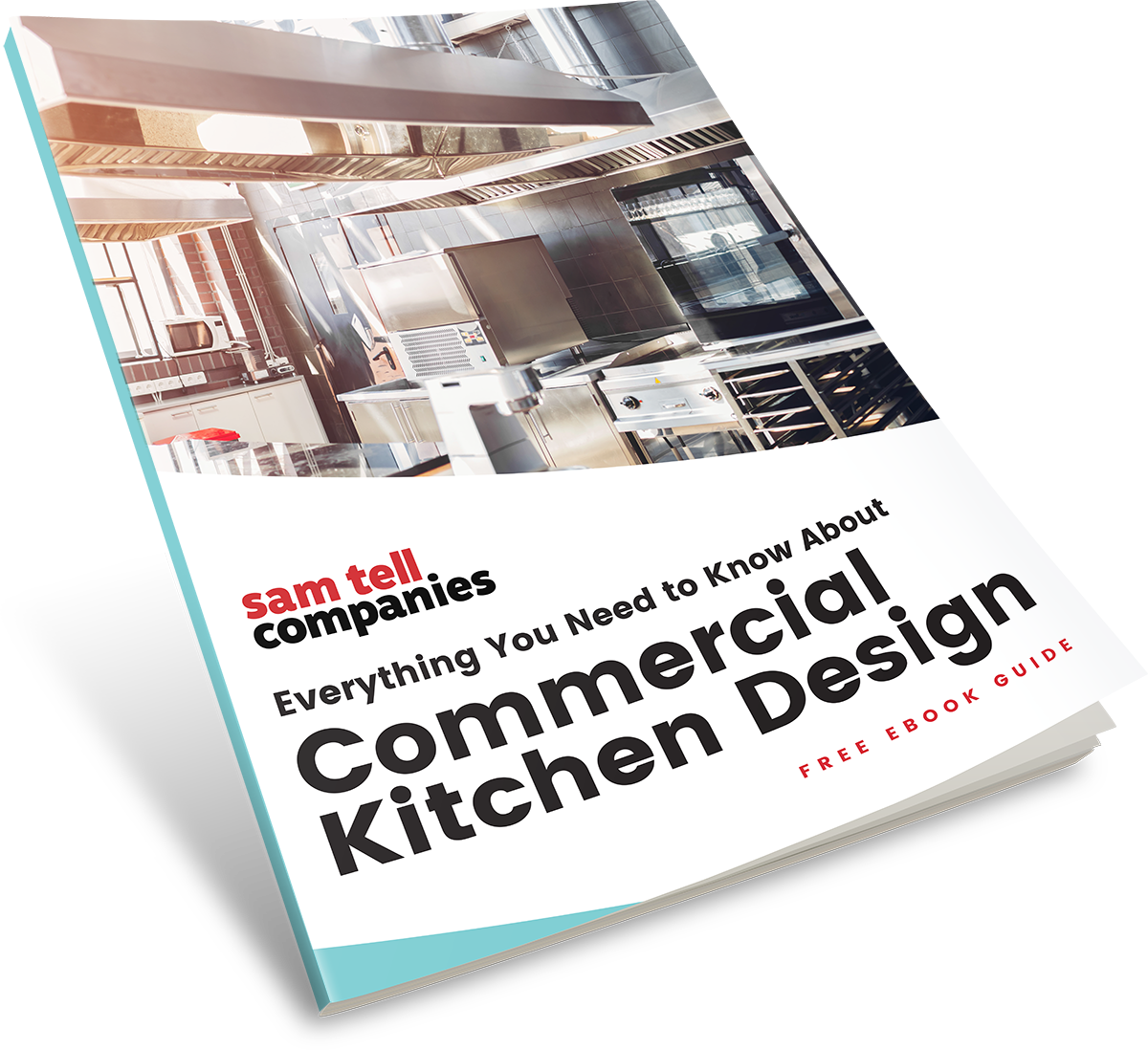New York City restaurants have a lot riding on first impressions. And when it comes to cocktail glasses, it’s best to put your best rim forward.
Erik Weiss, Chief Hospitality Officer with Gotham City Hospitality, recently sat down with Sam Tell to discuss two specific styles of glasses: Rolled-edge and sheer-rim glass, two types of glass fabrications that can show up as cocktail glasses, wine glasses, drinking glasses, and more.
Arc Cardinal offers a range of glassware for all usage cases, and small details like the rim of the glass are important to consider when identifying the right glass for your restaurant.
Sam Tell: What is sheer rim?
Erik Weiss: A sheer rim is one that’s smooth along the edge. There’s no bump, it’s just a nice, clean cut. Lasered clean and smooth. Basically, it allows the wine or cocktail to properly pour, unimpeded, into your mouth.

ST: What is rolled-edge?
EW: If you took your fingers, put one inside the bowl of the glass and one outside the bowl of the glass and moved them up the smooth ball, you get to the rim and you feel a bump. That’s a rolled edge.

ST: What are the advantages of sheer rim?
EW: Sheer rims are typically for higher-end drinking. It's for people who want to have a good experience. Also, who wants to feel a big piece of glass in your mouth when enjoying expensive wine? Right? It gives you a better experience. And that's what it's really about. People want that experience.
ST: What are the advantages of rolled edge?
EW: Rolled edges are usually for thicker, heavier pieces and it’s put there to give the glass more strength and durability. It makes the glass a little stronger than one that’s smooth and clean.
ST: When would rolled edges be more appropriate for a NYC restaurant?
EW: If you run a high volume, bustling Italian restaurant where you know, everything gets thrown around, you might want something that's a little bit more durable. It helps to guard against breakage, which is more of a possibility in certain types of NYC restaurants. Rolled-edge glassware is typical in chain restaurants or diners—any eatery working with high volume.

ST: And when would glassware with sheer-rims be more advantageous?
EW: If you have a half-decent wine service, you want glassware with a sheer rim. It’s that simple. However, high-volume restaurants with a well-trained staff can also find applications for glassware with sheer rims.
ST: In your opinion, what’s most notable about sheer-rim glassware?
EW: The thing about sheer-rim glassware is that, while it is seemingly more delicate, it can still be durable. There are different types of glass—annealed glass, tempered glass, there’s what’s known as a quartz system of making glass. And that just gives it durability and strength, which allows us to have a sheer rim on different kinds of glass. The sheer rim looks great and it holds up. And some of our best selling glassware has a sheer rim.

ST: And what is notable about glass with rolled edges?
EW: Well, it is an expense to make a sheer-rim glass. It’s an extra step in the process. So, if you want a plain piece of glass, it’s typically going to have a rolled rim. But rolled rim glasses can still be made to look very pretty. There’s an opportunity to have decorative designs and whatnot—there’s things you can do to make it fit whatever application you’re using it for.








